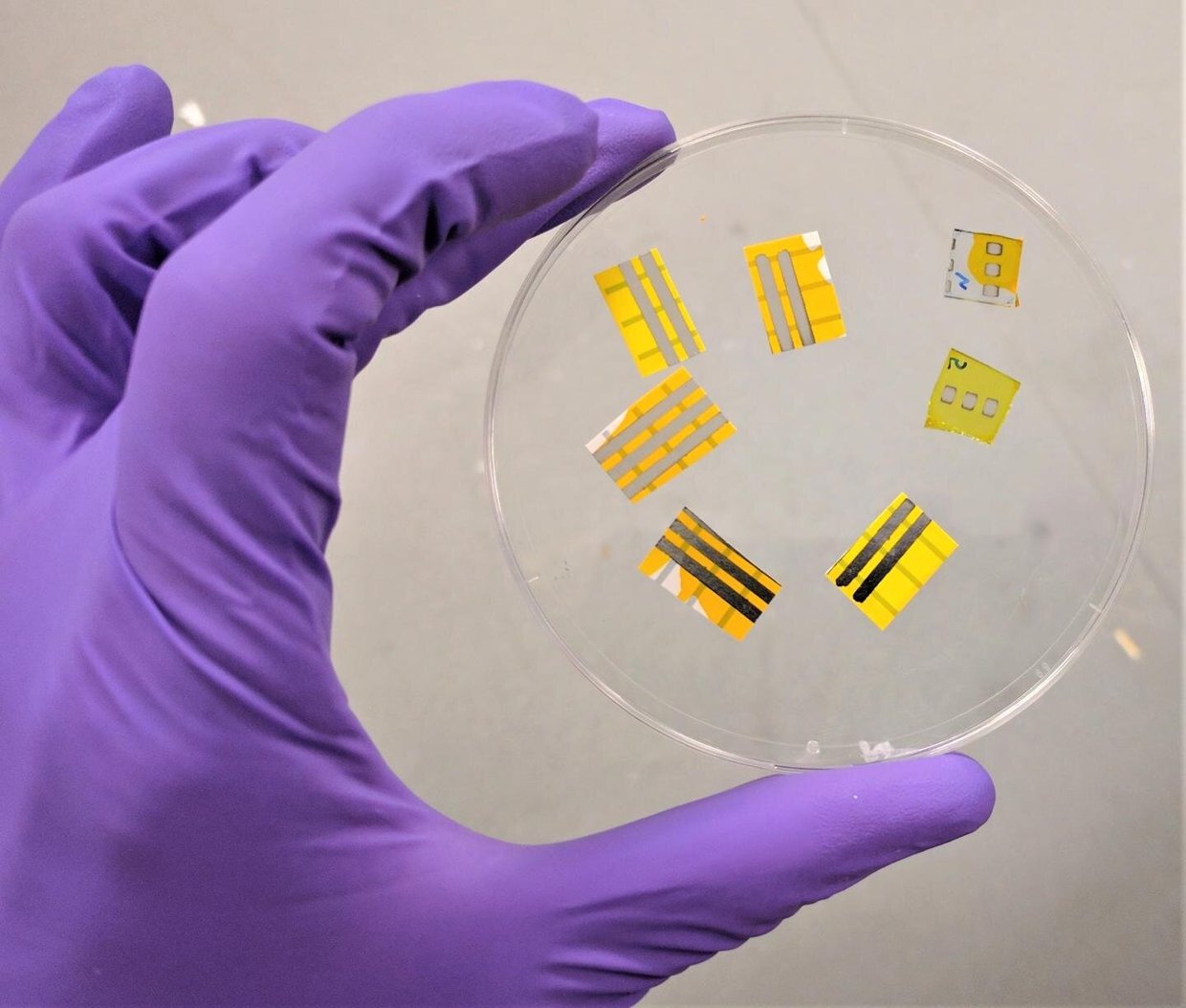Italian researchers create world’s 1st ‘smart tattoo’ using OLED tech

Scientists in the US and Italy claim to have created the world’s first temporary 'smart' tattoo using organic light-emitting diodes (OLEDs), which could revolutionize multiple fields, including sports science and food technology.
Researchers at UCL and the Italian Institute of Technology used the same basic principle as a temporary tattoo, which is transferred onto the skin by soaking and pressing, but combined it with OLED tech to produce the new devices.
When combined with other wearable technologies, the smart tattoos could emit light when an athlete is dehydrated or alert sunbathers of impending sunburn. They could also be used to alert when a product, such as food or medicine, has passed its expiration date.
"These could be for fashion–for instance, providing glowing tattoos and light-emitting fingernails,” says senior author of the research paper Professor Franco Cacialli (UCL Physics & Astronomy).
“In sports, they could be combined with a sweat sensor to signal dehydration.”
Also on rt.com What dreams may come: Scientists develop method for two-way communication while people are in deep sleepThe prototype still needs work, the researchers acknowledge, including protecting it for longer-term use and preventing it from degrading too quickly.
They are also hoping to improve the device, which measures just 2.3 micrometers thick in total (one third the length of a single blood cell), with better batteries or super capacitors for longer life.

The device consists of an electroluminescent polymer, which emits light when stimulated electronically, situated between two electrodes. An insulating layer is then placed between the electrodes and the commercially-available tattoo paper.
“At the Italian Institute of Technology we have previously pioneered electrodes that we have tattooed onto people's skin that can be used to perform diagnostic tests such as electrocardiograms,” senior author Professor Virgilio Mattoli at the Italian Institute of Technology said, discussing the burgeoning smart-tattoo industry.
While other temporary ‘smart’ tattoo prototypes have been touted in recent years, they did not employ OLED technology which is more flexible and seamless.
OLED technology was first deployed in then-cutting-edge flatscreen TVs at the turn of the century and its use has since been greatly expanded.
Think your friends would be interested? Share this story!















